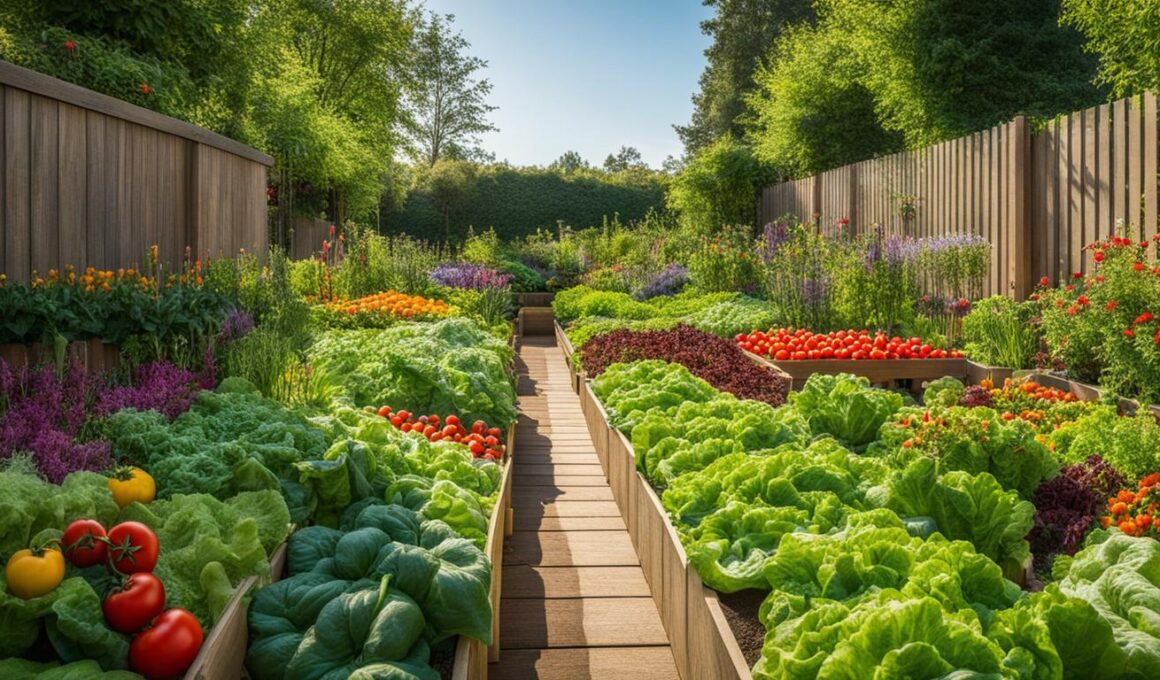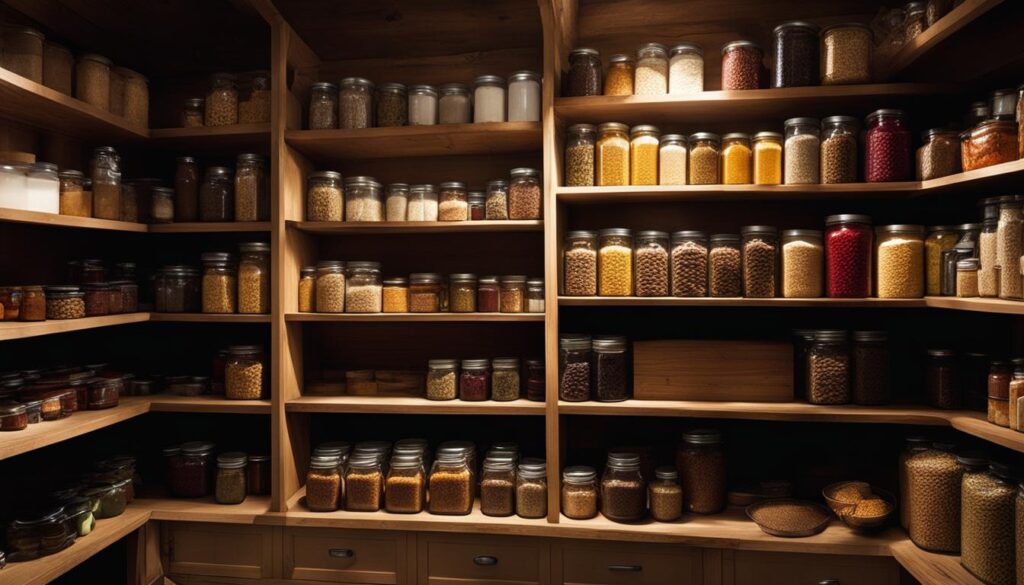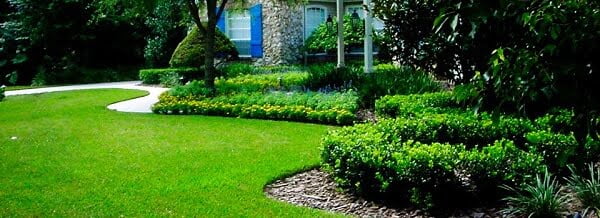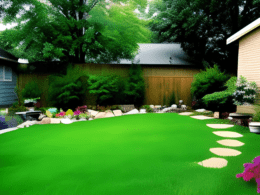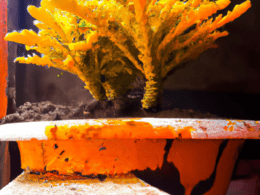When it comes to your homestead garden, you have the exciting choice of whether to plant vegetables or flowers. Both options have their benefits, but which one is right for you? Let’s explore the advantages of each and help you make an informed decision for your homestead garden.
Key Takeaways
- Companion planting flowers in your vegetable bed attracts beneficial insects and supports pollinator populations.
- Choose flower varieties based on bloom time, shape, spacing, and height to maximize their benefits in your vegetable patch.
- Select vegetable varieties that align with your growing season and consider cool-season and warm-season plants.
- Extend the growing season through season extension techniques and implement food storage for year-round availability.
- Plan your homestead garden space based on your goals and consider containerized gardens or raised beds for limited spaces.
- Focus on staple food crops that provide high caloric yield and consider diversifying your garden for a complete nutritional profile.
Tips for Companion Planting Flowers and Vegetables
When it comes to companion planting, incorporating flowers into your vegetable patch can offer several benefits. To ensure a successful combination of flowers and vegetables, here are some tips to keep in mind:
- Bloom time: Select flower varieties that will bloom at the same time as your veggies. This ensures a harmonious display of colors and attracts pollinators when your crops need it the most.
- Flower shape: Opt for flowers with composite shapes, such as daisies or marigolds. These types of flowers have petals arranged in a way that attracts bees and other pollinators.
- Spacing: Space your flowers throughout the garden to break up rows and create boundaries. This not only adds visual appeal but also helps to deter pests and provide additional habitat for beneficial insects.
- Height: Consider the height of your chosen flowers to avoid shading your vegetables. Taller flowers can be planted towards the back or sides of the beds, while shorter varieties can be placed closer to the front.
By following these tips, you can create a vibrant and productive vegetable patch that benefits from the beauty and functionality of companion planting.
Choosing Vegetable Varieties for Your Homestead Garden
When it comes to vegetable gardening in your homestead garden, selecting the right plants is crucial for a successful harvest. Consider the following factors when choosing vegetable varieties:
Days to Maturity:
Take into account the length of your growing season and choose vegetables with shorter days to maturity that align with your climate. This will ensure that you can harvest your crops before the arrival of colder temperatures.
Mixing Favorites and Newbies:
Maximize the productivity of your garden space by mixing family favorites with new and exciting vegetable varieties. This way, you can diversify your crops and provide a wider range of options for your meals.
Cool-Season vs. Warm-Season Plants:
Understand the difference between cool-season and warm-season plants and select crops that thrive in your specific climate. Cool-season plants, like leafy greens and root vegetables, are better suited for spring and fall planting, while warm-season plants, such as tomatoes and peppers, thrive in the summer heat.
Recommended Vegetable Varieties:
| Vegetable | Recommended Varieties |
|---|---|
| Leafy Greens | Spinach, Lettuce, Swiss Chard, Kale |
| Tomatoes | Roma, Beefsteak, Cherry, Heirloom |
| Peppers | Bell Peppers, Jalapeno, Banana Peppers |
| Root Vegetables | Carrots, Radishes, Beets, Turnips |
| Cucurbits | Zucchini, Cucumbers, Butternut Squash |
| Brassicas | Broccoli, Cauliflower, Cabbage, Brussels Sprouts |
| Peas | Snow Peas, Sugar Snap Peas, English Peas |
| Beans | Green Beans, Pole Beans, Bush Beans |
| Sweet Corn | Yellow Corn, Bi-Color Corn |
By carefully selecting vegetable varieties that suit your climate and growing conditions, you can create a bountiful and diverse homestead garden.
Extending the Growing Season
Extending the growing season is a key strategy for maximizing the productivity of your homestead garden. By implementing season extension techniques and practicing proper food storage, you can enjoy a longer harvest and ensure a steady supply of fresh produce throughout the year.
One effective way to extend the growing season is by starting your seeds indoors under lights. This allows you to get a head start on the growing season by germinating your plants indoors and then transplanting them outside when the weather is favorable. This technique is especially beneficial for crops with a longer maturity period, such as tomatoes and peppers.
“Starting seeds indoors gives you a jump on the growing season and allows you to enjoy the harvest earlier,” says gardening expert Jane Smith. “It also gives you greater control over the growing conditions, ensuring optimal germination and healthy seedlings.”
Another method of season extension is the use of hoophouses or greenhouses. These structures provide additional protection from frost and cold temperatures, effectively extending the growing season by a month or more. Hoophouses are relatively easy to construct and can be used to grow a wide variety of crops, from leafy greens to cold-tolerant vegetables like carrots and beets.
In addition to season extension techniques, proper food storage is essential for preserving the bounty of your homestead garden. Cold storage is ideal for crops like potatoes, onions, carrots, and beets, which can be stored in a cool and dark environment to prolong their shelf life. Sweet potatoes and winter squash, on the other hand, prefer a warm pantry with good ventilation to prevent mold and rot.
To make the most of your harvest, consider preserving excess produce through freezing, canning, or making sauces and preserves. Tomatoes and peppers can be frozen whole or made into sauces, while beans and peas can be blanched and frozen for later use. Canning is a popular method for preserving fruits and vegetables, allowing you to enjoy the flavors of summer all year round.
In summary, extending the growing season through season extension techniques and proper food storage is crucial for maximizing the productivity of your homestead garden. Starting seeds indoors and utilizing hoophouses or greenhouses can help you get a head start on the growing season and extend it by several weeks. Implementing cold storage and preserving excess produce through freezing and canning ensures that you have a steady supply of fresh food throughout the year. By combining these strategies, you can enjoy the benefits of a longer growing season and a bountiful harvest.
The Importance of Food Storage
When it comes to your homestead garden, food storage is a critical aspect to consider. Proper food storage allows you to bridge the gap between growing seasons, ensuring a steady food supply throughout the year. By selecting crop varieties that can be easily stored for long periods, you can maximize the benefits of your homestead garden.
Table: Crops for Long-Term Storage
| Crop | Storage Methods |
|---|---|
| Potatoes | Store in a cool, dark place with good ventilation |
| Onions | Hang in a well-ventilated area or store in mesh bags |
| Carrots | Store in a cool, moist environment or in sand |
| Beets | Remove greens, store in a cool, moist place |
| Sweet Potatoes | Cure for a week, then store in a warm pantry |
| Winter Squash | Store in a cool, dry place |
| Tomatoes | Freeze or can for long-term storage |
| Peppers | Freeze, can, or make sauces and preserves |
Additionally, you can expand your food storage options by making homemade sauerkraut from cabbages harvested from your garden. This fermented dish not only provides a flavorful addition to your meals but also extends the shelf life of your cabbage crop. By carefully selecting crops that can be saved and replanted from your own stores, you can ensure a sustainable source of fresh food for future seasons.
Planning Your Homestead Garden Space
Determining the right amount of space for your homestead garden is an essential step in creating a productive and efficient growing environment. Ideally, a minimum of 1000 square feet is recommended to produce a worthwhile quantity of food. However, it’s important to consider factors such as available space and sunlight conditions when planning your garden.
If you have limited space or poor soil, containerized gardens or raised beds can be viable options. Container gardens allow you to grow a variety of plants in portable containers, making it easier to optimize your available space. Raised beds, on the other hand, provide better soil conditions and can help maximize your garden’s productivity.
To create a containerized garden, choose containers that are large enough to accommodate the root systems of your chosen plants. Make sure the containers have proper drainage holes to prevent waterlogging. Additionally, consider using lightweight soil mixtures that provide good drainage and nutrient retention.
For raised beds, build sturdy frames using lumber or repurposed materials. Make sure the beds are deep enough to support healthy root growth. Fill the beds with a mixture of compost, topsoil, and organic matter to create a nutrient-rich growing environment. Raised beds also allow for better control over soil conditions, making it easier to adjust pH levels and provide optimal conditions for plant growth.
| Advantages of Containerized Gardens: | Advantages of Raised Beds: |
|---|---|
|
|
Ultimately, the choice between container gardens and raised beds depends on your specific needs and limitations. Both options offer unique advantages and can be tailored to suit your homestead garden space. Consider the available resources, your gardening goals, and the types of plants you wish to grow to determine the best approach for your homestead garden.
Crop Selection for Maximum Caloric Yield
When planning your homestead garden, it’s important to consider crop selection that will provide a high caloric yield. By focusing on staple food crops that are rich in calories, you can ensure a sustainable source of nourishment for you and your family. Potatoes, sweet potatoes, winter squash, corn, and beans are all excellent choices that offer a significant amount of calories.
Table:
| Crop | Calories per 100g |
|---|---|
| Potatoes | 77 |
| Sweet Potatoes | 86 |
| Winter Squash | 45 |
| Corn | 96 |
| Beans | 347 |
In addition to focusing on high-calorie crops, it’s also important to diversify your garden to ensure a complete nutritional profile. Include a variety of vegetables and fruits that provide essential vitamins, minerals, and other nutrients. By growing a diverse range of crops, you can maximize the efficiency of your garden and support a healthy diet.
When selecting crops for your homestead garden, choose varieties that are suitable for your climate and growing season. Consider the length of your growing season and select crops that have a high success rate in your particular area. This will help ensure that your garden thrives and yields the maximum amount of food.
Should I Plant Fall Vegetables or Fall Flowers in my Texas Garden?
When deciding between planting fall vegetables or fall flowers in your Texas garden, consider the timing and climate. For a successful harvest, follow these tips for planting fall garden. Choose vegetables like carrots, beets, and radishes for the cooler weather. For fall flowers, opt for asters and mums for a vibrant display.
Conclusion
The decision of whether to plant vegetables or flowers in your homestead garden ultimately depends on your personal preferences and goals. Companion planting flowers with vegetables can benefit both the plants and pollinator populations, supporting biodiversity and enhancing crop pollination. When selecting vegetable varieties, consider the days to maturity and choose crops that align with your growing season. This ensures a successful harvest before the cold weather sets in. Extending the growing season through season extension techniques and implementing food storage practices allows for year-round food availability, ensuring a sustainable source of fresh produce.
When planning your homestead garden, take into account the space you have available and the sunlight conditions. If you have limited space or poor soil, containerized gardens or raised beds can be viable options. Raised beds optimize space and provide better soil conditions for your plants. Consider selecting crops that provide a high caloric yield, such as potatoes, sweet potatoes, winter squash, corn, and beans. Additionally, diversify your garden with crops that provide a complete nutritional profile.
With a personal garden plan that considers your preferences, space, and nutritional needs, your homestead garden can be customized to suit you. Enjoy the benefits of fresh, homegrown produce and the satisfaction of a sustainable and self-sufficient lifestyle.
FAQ
Is it better to plant vegetables or flowers in a homestead garden?
The decision ultimately depends on your personal preferences and goals. Companion planting flowers with vegetables can benefit both plants and pollinator populations, while vegetable gardening allows you to grow your own food. You can customize your garden to include a mix of both vegetables and flowers.
What are some tips for companion planting flowers and vegetables?
When selecting flower varieties for your vegetable patch, consider bloom time, flower shape, spacing, and height. Choose flowers that bloom at the same time as your veggies, with a composite shape to attract bees and other pollinators. Space flowers throughout the garden and consider their height to avoid shading vegetables.
How do I choose vegetable varieties for my homestead garden?
Consider the days to maturity and your growing season length. Select vegetables with shorter days to maturity that align with your growing season to ensure a harvest before it gets too cold. Mix family favorites with new veggies and choose crops that thrive in your climate, such as leafy greens, tomatoes, peppers, root vegetables, cucurbits, brassicas, peas, beans, and sweet corn.
How can I extend the growing season in my homestead garden?
Start seeds indoors under lights to get a head start on the growing season. Utilize hoophouses or greenhouses to provide additional protection and extend the growing season by a month or more. Implement cold storage for crops like potatoes, onions, carrots, and beets. Store sweet potatoes and winter squash in a warm pantry. Preserve tomatoes and peppers through freezing, canning, and making sauces and preserves.
Why is food storage important for a homestead garden?
Food storage plays a crucial role in bridging the gap between growing seasons. It allows you to store crops for long periods of time, ensuring a steady supply of fresh food. Properly store crops like potatoes, onions, carrots, beets, sweet potatoes, winter squash, tomatoes, and peppers. Additionally, consider making homemade sauerkraut from cabbages to add to your food storage.
How do I plan the space for my homestead garden?
Determine the amount of space you need based on your goals. A minimum of 1000 square feet is recommended to produce a worthwhile quantity of food. Consider your available space and sunlight conditions. If you have limited space or poor soil, containerized gardens or raised beds can be viable options. Utilize raised beds to optimize space and provide better soil conditions.
What crops should I select for maximum caloric yield in my homestead garden?
Focus on staple food crops that provide a significant amount of calories, such as potatoes, sweet potatoes, winter squash, corn, and beans. These crops offer a high caloric yield. Additionally, diversify your garden with crops that provide a complete nutritional profile to maximize the efficiency of your garden.
What is the conclusion for planning a homestead garden?
The decision to plant vegetables or flowers, as well as the crop selection for your homestead garden, ultimately depends on your personal preferences and goals. You can create a customized garden that suits your needs and provides a sustainable source of fresh food. Consider companion planting, vegetable selection, season extension techniques, and food storage practices to make the most of your homestead garden.





